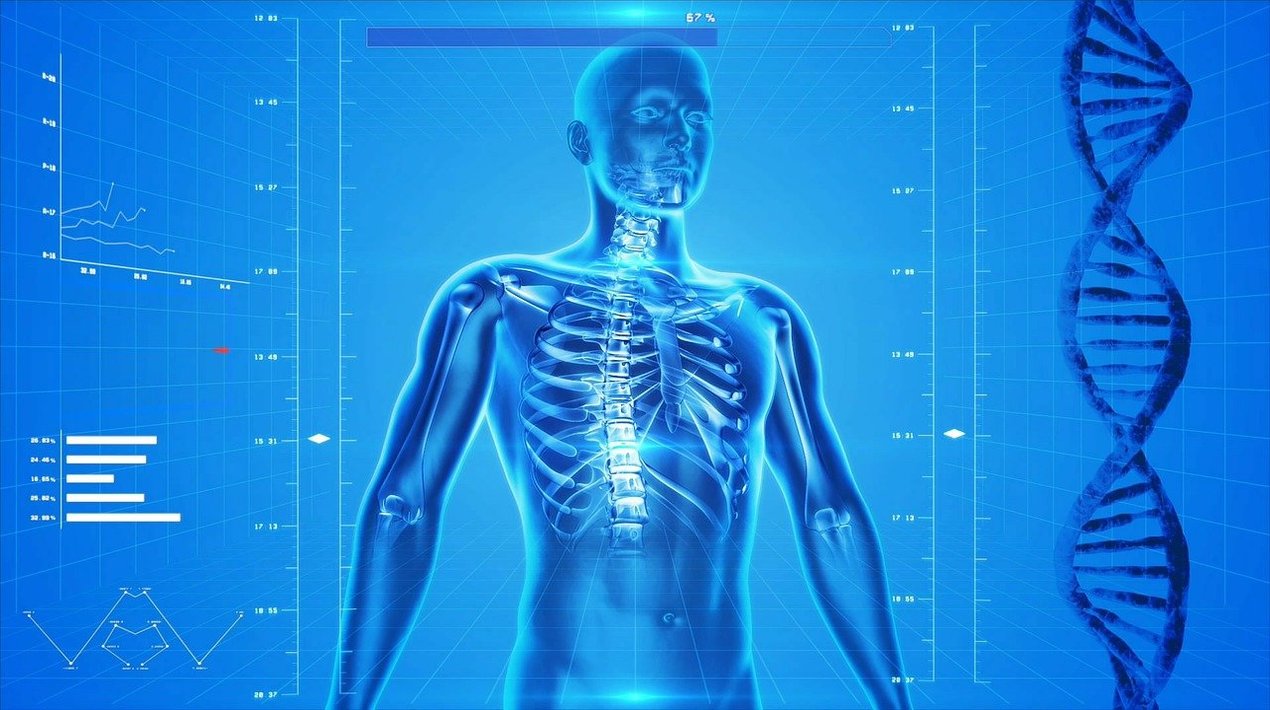
Chronic wounds are a severe public health issue that affects more than 25 million people in the United States alone. They are easily infected and are the biggest cause of nontraumatic limb amputations around the world. Although the wound environment is always changing, the rate of healing can be accelerated by administering therapies at the proper moment. This method necessitates continuous wound monitoring and on-demand drug delivery in a closed-loop system.
In Singapore, a breakthrough smart wearable sensor with a platform that combines an electronic chip, and a mobile app has been developed that could assess chronic wounds in real-time. A research team from the National University of Singapore’s (NUS) Department of Biomedical Engineering and the Institute for Health Innovation and System (iHealthtech), as well as clinical collaborators from Singapore General Hospital, developed the technology.
Our smart bandage technology is the first of its kind designed for chronic wound management to give patients the freedom to perform the test and monitor their wound conditions at home.
– Professor Lim, Director of iHealthtech, National University of Singapore
People with chronic wounds, such as venous leg ulcers, will benefit from the smart bandage. Within 15 minutes, it can detect temperature, pH, bacteria type and inflammatory markers specific to chronic wounds, allowing for quick and precise diagnosis. The bandage assesses the wound’s micro-environment as well as its infection and inflammation state through biomarkers from the wound’s fluid using an electrochemical system.
For real-time wound assessment, a chip connected to the sensor provides data wirelessly to the mobile app. This allows doctors to monitor the patient’s recovery and assess whether additional therapy is required. The smart bandage works in conjunction with the patient’s current medical therapy, allowing for rapid medical intervention in wound healing processes.
The next stage of development for the smart bandage will involve clinical tests on about 50 to 100 patients spanning one to two years before it is rolled out to other patients in around two years. The team will explore the incorporation of other appropriate biomarkers suitable for other wound types and utilise data in existing clinical workflows to improve diagnosis and treatment. Ultimately, they hope to test the technology on a larger prospective randomised clinical trial with different types of non-healing chronic ulcers such as diabetic foot and pressure ulcers.
The bandage’s developers anticipate that more patients will be able to monitor their chronic wounds at home, minimising hospital visits. The project’s primary researcher is Professor Lim Chwee Teck, director of the NUS Institute for Health Innovation and Technology.
“Point-of-care devices coupled with telehealth or digital health capability can play a significant role in transforming the healthcare industry and our society, which is catalysed by the COVID-19 pandemic requirements for safe distancing,” said Prof Lim, Director of iHealthtech at NUS. He further added that the smart bandage technology is the first of its type for chronic wound management, allowing patients to undertake tests and monitor their wound status from the comfort of their own homes.
OpenGov Asia reported that NUHS will also launch an updated My Health Map initiative to boost residents’ access to preventative health services by providing health screenings to residents on-site when appropriate and holding community health lectures. They can also get suggestions for health exams and vaccines based on their demographics and health status using the app’s My Health Map function. Patients can also use the app to schedule in-person visits, register for a queue number, and view the number of patients ahead of them in the queue.
“The launch of the teleconsultation feature is extremely opportune considering the Covid-19 scenario,” said Clara Sin, Chief Operating Officer of NUH and NUHS’ group service transformation and medical records offices. The agency aims to ensure that all patients receive consistent care and that they do not have to travel to the hospital, especially the elderly.
















